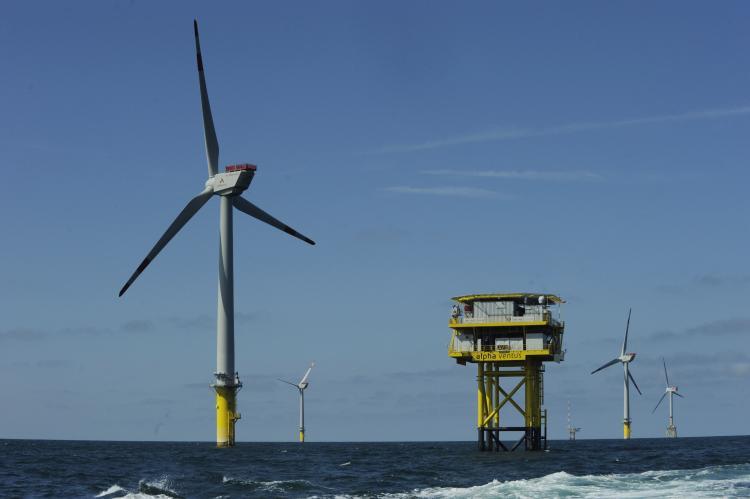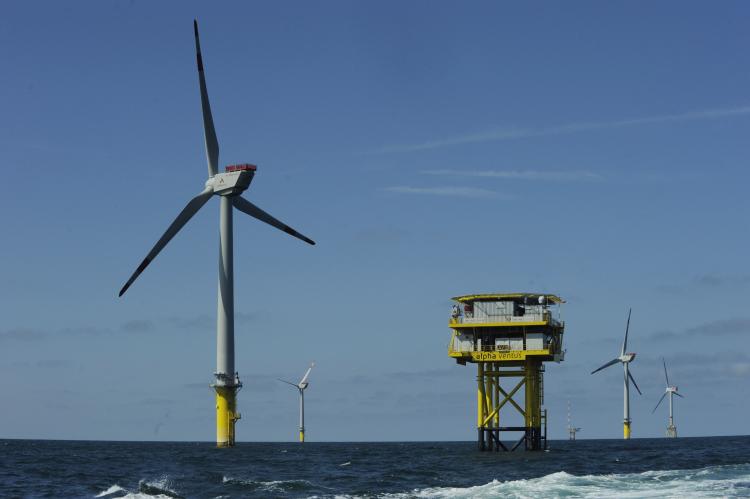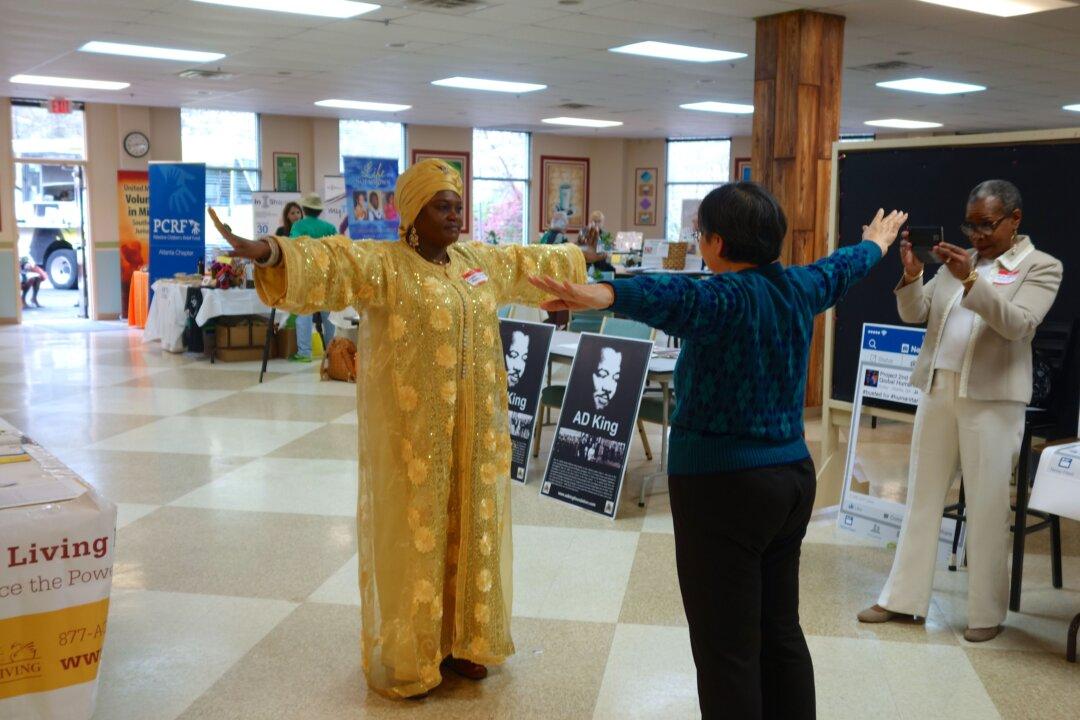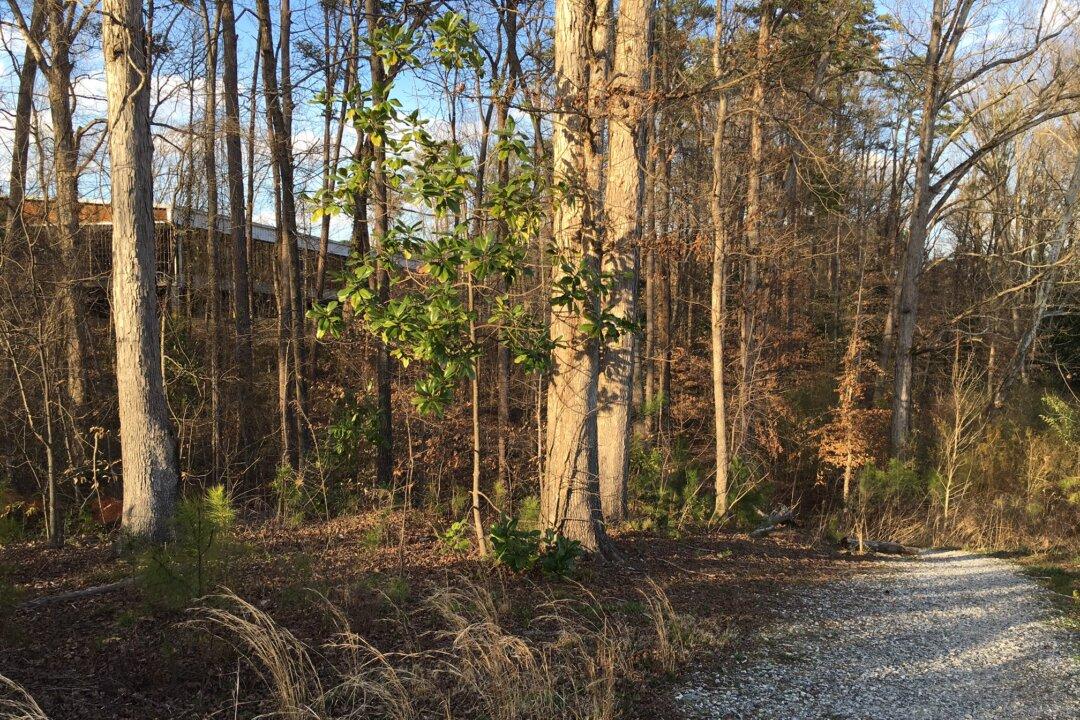Secretary of the Interior Ken Salazar gave the green light to the Cape Wind farm on Wednesday. It would be the first wind farm on the U.S. Outer Continental Shelf, said the Department of the Interior.
“After careful consideration of all the concerns expressed during the lengthy review and consultation process and thorough analysis of the many factors involved, I find that the public benefits weigh in favor of approving the Cape Wind project at the Horseshoe Shoal location,” Salazar said in an announcement at the State House in Boston.
The wind farm could provide 75 percent of the electricity Martha’s Vineyard, Cape Cod and Nantucket Island need, according to the government, and would cut 700,000 tons of carbon dioxide emission from conventional power plants. Building it would also create hundreds of construction jobs.
Opposition to the Nantucket Sound farm has been intense. The late Massachusetts Senator Ted Kennedy and his successor Scott Brown opposed the $1 billion project. The Aquinnah Wampanoag tribe, native to the area, announced that they would sue to stop it.
The wind farm plan has been changed to address local concerns that it would mar a beautiful area and harm the ecosystem. Secretary Salazar said his department had taken great care to address the concerns of the Tribes, and that the project had been redesigned to mitigate environmental and cultural impacts. He said he was “mindful of our unique relationship with the Tribes and carefully considered their views and concerns.”
Salazar also discounted the idea that the area may be archaeologically significant.
Tribe members were disappointed over the announcement. “We are disheartened and disappointed with Secretary Salazar’s decision to proceed with the Cape Wind project,” said the Aquinnah Wampanoag Tribe, in a statement. The group plans to seek an injunction to halt the project, and declined to comment further when called on the day of the announcement.
Most of the wind energy projects planned for the United States are in the northern part of the Atlantic coast. Objections to them include harm to wildlife—especially birds and bats—the negative visual impact of wind towers, and disturbance of the sea floor.
“After careful consideration of all the concerns expressed during the lengthy review and consultation process and thorough analysis of the many factors involved, I find that the public benefits weigh in favor of approving the Cape Wind project at the Horseshoe Shoal location,” Salazar said in an announcement at the State House in Boston.
The wind farm could provide 75 percent of the electricity Martha’s Vineyard, Cape Cod and Nantucket Island need, according to the government, and would cut 700,000 tons of carbon dioxide emission from conventional power plants. Building it would also create hundreds of construction jobs.
Opposition to the Nantucket Sound farm has been intense. The late Massachusetts Senator Ted Kennedy and his successor Scott Brown opposed the $1 billion project. The Aquinnah Wampanoag tribe, native to the area, announced that they would sue to stop it.
The wind farm plan has been changed to address local concerns that it would mar a beautiful area and harm the ecosystem. Secretary Salazar said his department had taken great care to address the concerns of the Tribes, and that the project had been redesigned to mitigate environmental and cultural impacts. He said he was “mindful of our unique relationship with the Tribes and carefully considered their views and concerns.”
Salazar also discounted the idea that the area may be archaeologically significant.
Tribe members were disappointed over the announcement. “We are disheartened and disappointed with Secretary Salazar’s decision to proceed with the Cape Wind project,” said the Aquinnah Wampanoag Tribe, in a statement. The group plans to seek an injunction to halt the project, and declined to comment further when called on the day of the announcement.
Most of the wind energy projects planned for the United States are in the northern part of the Atlantic coast. Objections to them include harm to wildlife—especially birds and bats—the negative visual impact of wind towers, and disturbance of the sea floor.






